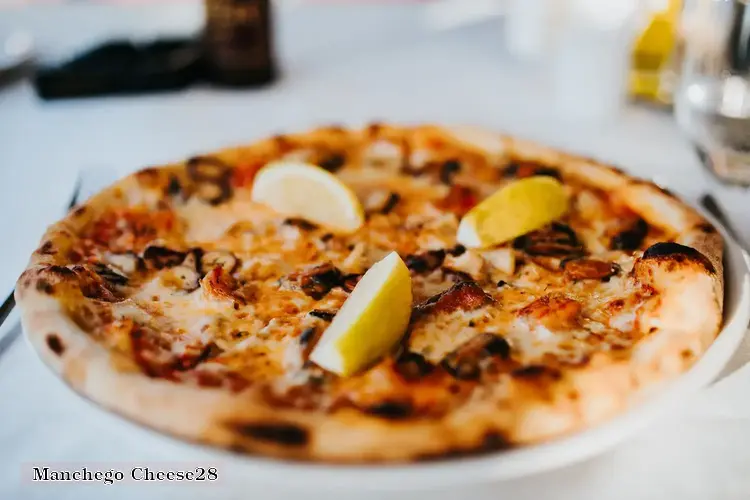

Origin and History:
Manchego cheese is a firm, buttery cheese made from the milk of Manchega sheep, a breed native to the La Mancha region of central Spain. It has been produced in this region for centuries, with evidence of its existence dating back to the 12th century.
Production:
Manchego cheese is made using traditional methods that have been passed down through generations. The milk is first heated and then curdled with rennet. The curds are then cut and pressed into molds, where they are left to age for a minimum of 60 days.
Characteristics:
Types:
There are three main types of Manchego cheese, based on their aging time:
Pairing:
Manchego cheese pairs well with a variety of foods, including:
Health Benefits:
Manchego cheese is a good source of protein, calcium, and vitamins A and D. It also contains conjugated linoleic acid (CLA), which has been linked to several health benefits, including reduced inflammation and improved immune function.
Cultural Significance:
Manchego cheese is an important part of Spanish cuisine and culture. It is often served as a tapas dish or as part of a cheese board. It is also used in a variety of dishes, such as Manchego cheese croquettes and Manchego cheese soup.
DISCLAIMER: This information is provided for general informational purposes only, and publication does not constitute an endorsement. Kwick365 does not warrant the accuracy or completeness of any information, text, graphics, links, or other items contained within this content. Kwick365 does not guarantee you will achieve any specific results if you follow any advice herein. It may be advisable for you to consult with a professional such as a lawyer, accountant, or business advisor for advice specific to your situation.
today
Copyright © 2025 KwickEAT.com
Designed by KwickPOS is the best restaurant POS